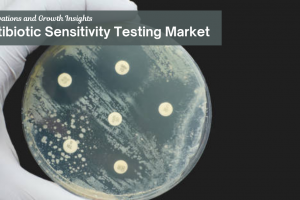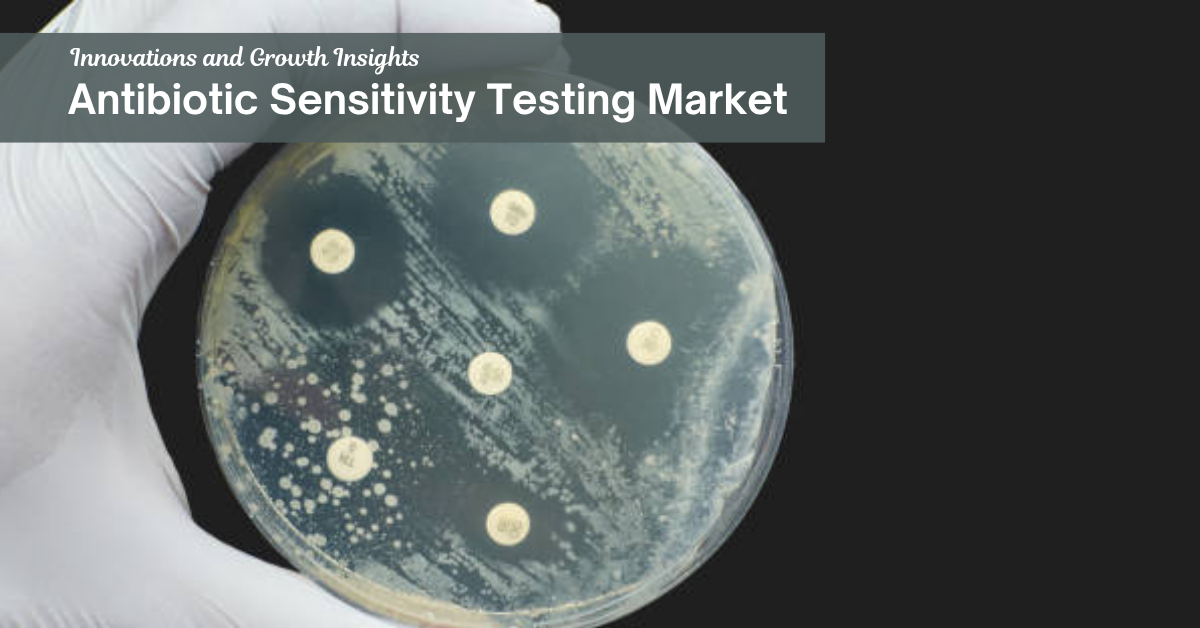
Market Overview
The Oral Iron Supplements Market stood at USD 2,120.00 million in 2018 and reached USD 3,470.91 million by 2024. The market is forecasted to hit USD 6,974.62 million by 2032, expanding at a CAGR of 9.18% over the analysis period. This robust expansion is driven by growing concerns around iron deficiency across all age groups, especially in low-income and developing nations where nutrition gaps remain persistent.
Iron is a vital micronutrient essential for the production of hemoglobin and overall metabolic health. Deficiencies can lead to fatigue, compromised immunity, and developmental delays. Oral iron supplements offer a practical and cost-effective intervention to address iron deficiency anemia and related conditions. With expanding access to healthcare and increased nutritional awareness, the market has experienced accelerated adoption globally.
Current market trends highlight a rise in consumer preference for non-invasive, easy-to-use supplement forms like liquids and softgels. The pandemic also heightened interest in immunity and nutritional health, leading to a surge in supplement use across households. Moreover, the integration of iron supplements in prenatal care, sports nutrition, and geriatric health regimens further boosts the market’s relevance.
The market is also witnessing rapid globalization. With cross-border e-commerce, digital healthcare channels, and increasing rural penetration, the oral iron supplements industry is set to cater to a broader, more diversified population. Strategic product positioning and innovations in formulation are expected to define future competition in this high-growth, health-centric market.
Market Drivers
High Incidence of Iron Deficiency in Women and Children
Iron deficiency remains a major public health concern, especially among women of childbearing age and children. Nutritional gaps caused by poor dietary intake, blood loss, and pregnancy increase the need for supplementation. Health practitioners frequently prescribe oral iron products as first-line therapy, which supports the consistent growth of the market, especially in maternal and pediatric healthcare segments.
Shifting Consumer Preferences Toward Preventive Wellness
An increasing number of individuals are adopting daily supplement routines as part of preventive healthcare practices. As iron plays a role in energy metabolism, oxygen transport, and immunity, consumers are more inclined to self-manage mild deficiencies. The availability of iron supplements in convenient forms—like gummies and chewable tablets—caters to health-conscious adults seeking proactive solutions.
Product Innovation and Brand Diversification
Leading manufacturers are developing enhanced iron supplements with added vitamins, better taste, and fewer gastrointestinal side effects. Advanced delivery systems, such as nano-formulated iron and enteric-coated tablets, are gaining traction. In addition, companies are launching plant-based and vegan-friendly options, appealing to lifestyle-conscious consumers and expanding target demographics.
Retail Expansion and Accessibility
Retail pharmacies, online platforms, and direct-to-consumer channels have made supplements widely available. Many brands now offer subscription models or bundle deals to improve adherence and customer retention. In rural areas, government programs and NGO initiatives help distribute iron supplements through public health clinics, expanding access and building long-term market momentum.
Market Challenges
Side Effects and Poor Compliance Rates
Despite their effectiveness, many iron supplements still cause adverse effects like metallic taste, cramps, and constipation. These discomforts often result in patients skipping doses or discontinuing use altogether. This non-compliance can hinder treatment outcomes and limit repeat purchases, especially without ongoing clinical supervision.
Uneven Product Standards Globally
Across international markets, there is significant variation in supplement quality, labeling standards, and permissible claims. In some countries, the supplement category is poorly regulated, leading to the proliferation of ineffective or misbranded products. This damages consumer trust and creates uneven competitive dynamics in the industry.
Limited Awareness in Remote Regions
Many individuals in rural or underserved regions are unaware of iron deficiency symptoms or available solutions. Healthcare infrastructure in such areas is often lacking, and even when supplements are provided through aid programs, there is insufficient guidance on dosage or side effects. This limits the true reach of oral iron supplementation.
Intense Market Competition
The supplement industry is crowded, with hundreds of local and global brands offering iron products. Price wars, generic alternatives, and private label competition exert downward pressure on profit margins. For new entrants or smaller firms, differentiating their brand becomes increasingly difficult amid the saturation.
Market Opportunity
Increased Focus on Women’s Health Solutions
Companies are investing in dedicated women’s health product lines that include iron with folate, calcium, or other supportive nutrients. These are especially popular in prenatal and postnatal care. Such targeted formulations are a high-growth opportunity, particularly in urban centers where women are proactive about their wellness needs.
Rise of Clean Label and Vegan Supplements
The demand for natural, organic, and plant-based iron sources is rising. Clean-label trends are pushing manufacturers to reduce artificial colors, preservatives, and additives. Vegan iron supplements derived from spirulina or lentils are capturing the attention of environmentally conscious and health-driven consumers.
Mobile Health Clinics and Last-Mile Delivery
Public-private partnerships are emerging to ensure last-mile delivery of supplements to underserved communities. Mobile health vans, community health workers, and telehealth integration allow brands to reach new user groups. These grassroots models not only build awareness but also stimulate demand through regular health screenings.
Collaborations with Nutrition and Fitness Influencers
Marketing strategies are evolving with the times. Collaborating with certified dietitians, fitness coaches, and online influencers helps brands build trust and credibility. Influencer-led education campaigns around fatigue, exercise recovery, and dietary gaps are effective in driving new consumers to iron supplement solutions.
Market Segmentation
Based on Type:
- Ferrous Sulfate
- Ferrous Gluconate
- Ferric Pyrophosphate
- Ferrous Fumarate Types
- Others
Based on Application:
- Anaemia Treatment
- Iron Deficiency Prevention
- Sports Nutrition
- Pregnancy Supplements
- Others
Based on Form:
- Tablet
- Liquid
- Capsules
- Powders
- Others
Based on Age Group:
- Adults
- Paediatrics
Based on Sales Channel:
- Pharmacies and Drugstores
- Supermarkets and Hypermarkets
- Online Retailers
- Convenience Stores
- Others
Based on the Geography:
- North America (U.S., Canada, Mexico)
- Europe (UK, Germany, France, etc.)
- Asia Pacific (China, India, Japan, etc.)
- Latin America (Brazil, Argentina, etc.)
- Middle East & Africa (GCC, South Africa, etc.)
Regional Analysis
North America
The North American market continues to lead due to its established supplement culture and advanced retail ecosystem. The U.S. dominates the region, with rising demand for gender-specific supplements and sports nutrition. Regulatory transparency and insurance-linked wellness programs are further contributing to high adoption rates.
Europe
Europe’s growth is largely supported by its well-regulated nutraceutical industry and aging population. Countries like France and Italy are witnessing increasing preference for natural and organic iron supplements. Retail pharmacy chains, e-commerce penetration, and wellness-focused dietary habits are boosting consumption patterns.
Asia Pacific
Asia Pacific represents the most lucrative growth zone. Rising urbanization, increased healthcare access, and large population bases in countries like India, China, and Indonesia are driving demand. Government-led maternal health programs and rising middle-class incomes provide a favorable backdrop for market expansion.
Latin America
In Latin America, market progress is shaped by improving public health infrastructure and strong advocacy by NGOs. Brazil stands out with high supplement penetration, supported by local manufacturing. Consumer education and affordable product lines are vital in promoting sustained regional demand.
Middle East & Africa
Middle East & Africa is in the early stages of supplement adoption but shows rising potential. GCC nations lead with high per-capita spending on wellness, while sub-Saharan markets are being tapped through aid partnerships. Growth here depends on education, affordability, and logistics improvements.
Top Companies
- Pfizer Inc.
- Pharmavite LLC
- GlaxoSmithKline plc
- Ferro Corporation
- Amway Corporation
- Reckitt Benckiser Group plc
- Bayer AG
- Sanofi S.A.
- Solgar Inc.
- Garden of Life LLC
Future Outlook
- Online platforms will dominate iron supplement sales through direct-to-consumer strategies.
- Subscription-based supplement models will gain popularity among urban users.
- Iron-rich superfoods and fortified snacks will complement traditional supplements.
- Gummy and flavored liquid formulations will attract pediatric and senior segments.
- AI-based supplement advisors will customize dosage and product selection.
- Clean-label and gluten-free certifications will influence purchasing decisions.
- CSR-linked health drives will include free or subsidized iron distribution.
- Rural outreach models will be supported by micro-health franchises.
- Brand loyalty will hinge on product tolerability and transparent ingredient sourcing.
- Multi-nutrient formulations targeting multiple deficiencies will see strong uptake.
Get full details: https://www.credenceresearch.com/report/oral-iron-supplements-market




